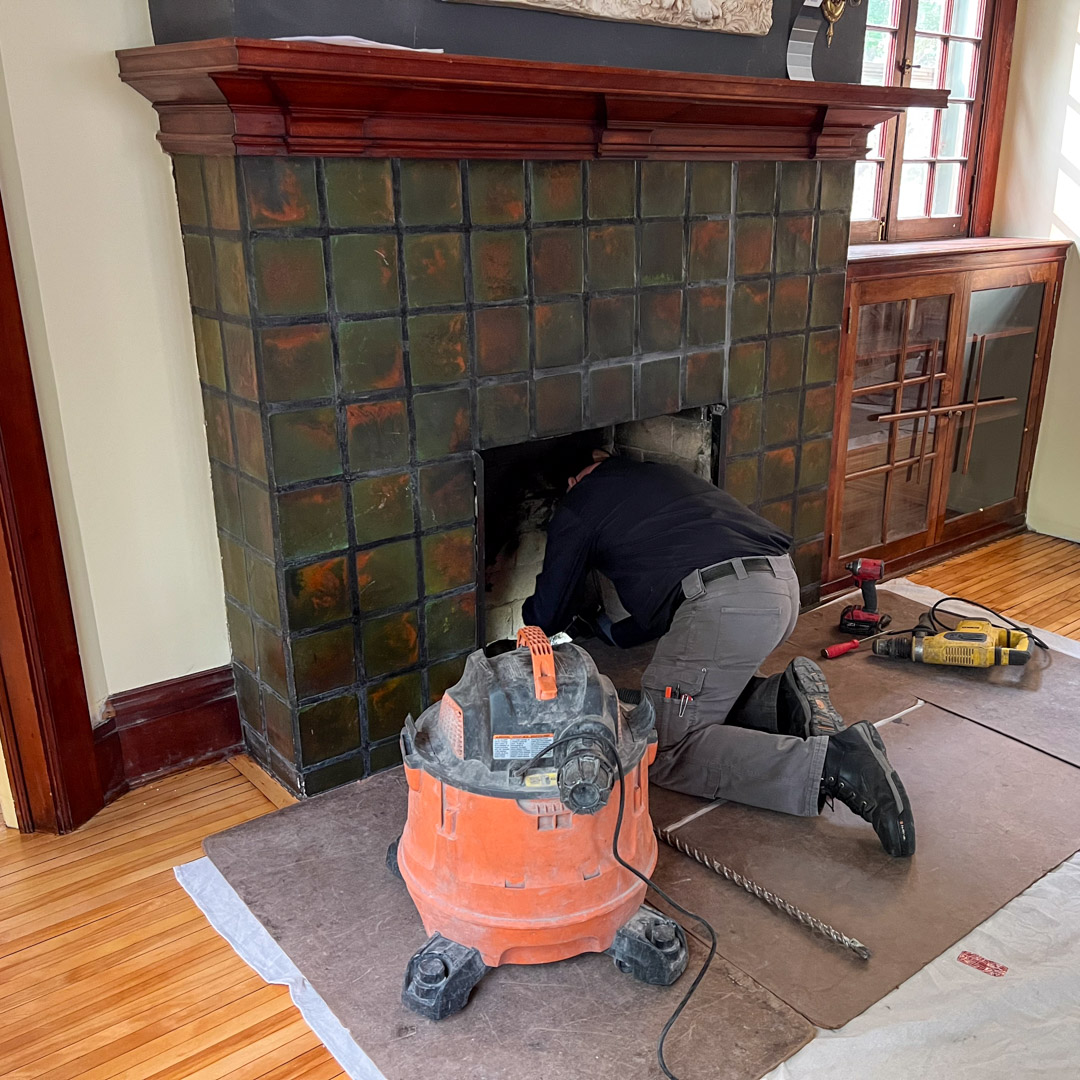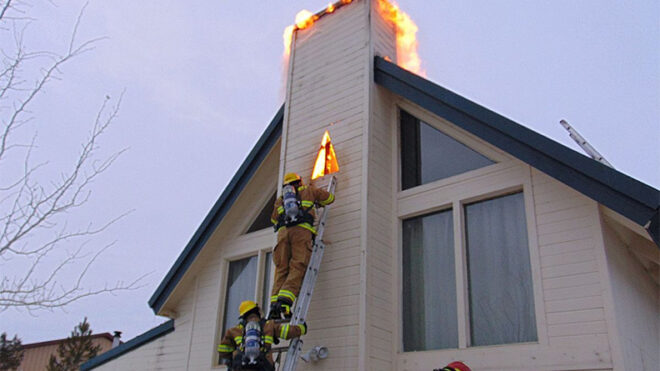Boost Your Home's Security with Proven Chimney Maintenance San Jose Methods
Boost Your Home's Security with Proven Chimney Maintenance San Jose Methods
Blog Article
Professional Tips for Effective Chimney Maintenance You Required to Know
Chimneys act as critical parts in many homes, providing warmth and comfort. However, guaranteeing their appropriate upkeep is often ignored until concerns arise. Comprehending the intricacies of smokeshaft treatment can be the key to stop expensive repair services and safeguarding your home and household. From the importance of routine inspections to risk-free operational practices, a comprehensive technique to smokeshaft maintenance is important. Let's discover expert suggestions that can aid you maintain your chimney in ideal condition for several years to come.
Value of Normal Examinations
Normal examinations of smokeshafts are essential for ensuring their safety and security and performance. Chimneys play a critical duty in airing vent out harmful gases and keeping appropriate air movement in a home. Gradually, creosote build-up, particles, and architectural damages can occur within the chimney, presenting major dangers such as chimney fires or carbon monoxide leakages.
During a chimney evaluation, educated professionals assess the problem of the chimney, searching for any kind of signs of damage, obstructions, or damage. They also check the stability of the flue, chimney lining, and chimney cap to guarantee whatever is in proper working order. By recognizing and resolving issues early, prospective risks or costly fixings can be prevented.
Routine inspections not only assist in keeping the safety and security of the smokeshaft yet additionally add to its overall performance. A clean and well-kept chimney operates better, guaranteeing proper air flow and minimizing the threat of interior air pollution. Organizing yearly smokeshaft examinations is a proactive action that home owners can take to secure their building and loved ones.
Cleaning Techniques and Frequency
Maintaining the safety and performance of a chimney entails not only normal evaluations however additionally applying suitable cleaning techniques and figuring out the ideal frequency for cleansing. Chimneys must be cleaned up by a specialist chimney sweeper a minimum of yearly, even if they are not frequently utilized. However, if the smokeshaft is used consistently, particularly with wood-burning cooktops or fireplaces, it might require even more frequent cleanings to avoid the buildup of creosote, a very flammable material that can result in smokeshaft fires.
Property owners need to never ever disregard smokeshaft cleaning, as it is vital for keeping a practical and secure smokeshaft system. Regular cleanings not just decrease the threat of chimney fires but likewise improve the smokeshaft's total performance and longevity.
Attending To Smokeshaft Leaks

When addressing smokeshaft leakages, complete inspection and prompt repair services are vital to prevent water damage and keep the architectural stability of the smokeshaft,. Leaks in a smokeshaft can result in major issues such as mold development, degeneration of the chimney framework, and also possible fire hazards. To properly resolve chimney leaks, begin by examining the chimney cap, crown, flashing, and stonework for any type of indications of damages or wear. Chimney caps need to be safely in position to prevent water from getting in, while the crown and flashing should be intact and correctly secured. Any kind of cracks or spaces in the stonework ought to be fixed quickly to stop water seepage. Furthermore, think about waterproofing the chimney to give an extra layer of protection versus wetness. Normal upkeep and assessments can help identify and attend to chimney leaks early, conserving you from costly repairs and ensuring the safety and longevity of your smokeshaft.
Comprehending Creosote Build-Up
To understand the possible risks of creosote build-up in smokeshafts, it is necessary to acknowledge its development process and effect on chimney performance. When timber or fossil gas are shed, Creosote is a black or brownish tar-like material that builds up inside smokeshaft systems. As smoke rises with the chimney, it condenses and cools down, leading to the development of creosote, which sticks to the chimney walls.

Normal smokeshaft examinations and cleansings by a specialist chimney sweeper are essential in avoiding creosote build-up and guaranteeing the secure operation of your smokeshaft system.
Safe Procedure Practices
Implementing proper security procedures is important for the secure and efficient operation of chimney systems. Always guarantee that the smokeshaft is professionally evaluated and cleaned routinely to eliminate any kind of creosote accumulation, which can lead to smokeshaft fires.
Additionally, see to it to check only melt experienced timber in your fireplace, as damp or green wood can produce even more creosote and create harmful chimney clogs. Never ever leave a fire unattended and constantly make sure the fire is entirely extinguished prior to going to bed or leaving the house. By following these risk-free operation practices, you can take pleasure in a comfy and warm fire while making certain the security of your home and enjoyed my response ones.
Verdict
To conclude, maintaining your smokeshaft is necessary for ensuring its safety and security and effectiveness. Routine examinations, appropriate cleaning strategies, resolving leakages, managing creosote accumulation, and following safe procedure techniques are vital elements of smokeshaft maintenance. By remaining on top of these tasks, you can protect against possible dangers and extend the lifespan of your smokeshaft. It is important to focus on smokeshaft maintenance to maintain your home cozy and secure throughout the chillier months.
Over time, creosote build-up, particles, and architectural damages can occur within the chimney, positioning severe risks such as smokeshaft fires or carbon monoxide leaks.
If the smokeshaft is utilized frequently, specifically with wood-burning ovens or fire places, it might need more frequent cleansings to stop the accumulation of creosote, a very flammable substance that can lead to smokeshaft fires. (Chimney Maintenance San Jose)
To understand the possible threats of creosote build-up in chimneys, it is necessary to identify its formation procedure and effect on smokeshaft performance. As smoke climbs through the chimney, it cools and condenses, leading to the formation of creosote, go to this site which sticks to the smokeshaft wall surfaces.
Constantly make sure that the smokeshaft is expertly checked and cleaned routinely to eliminate any kind of creosote build-up, which can lead to smokeshaft fires.
Report this page